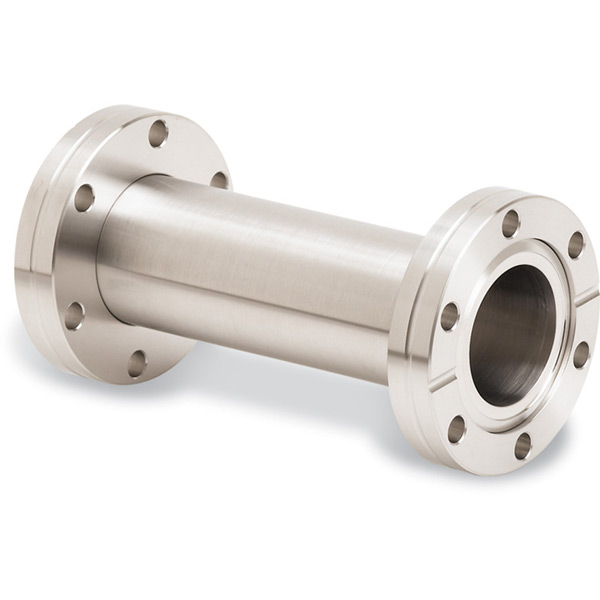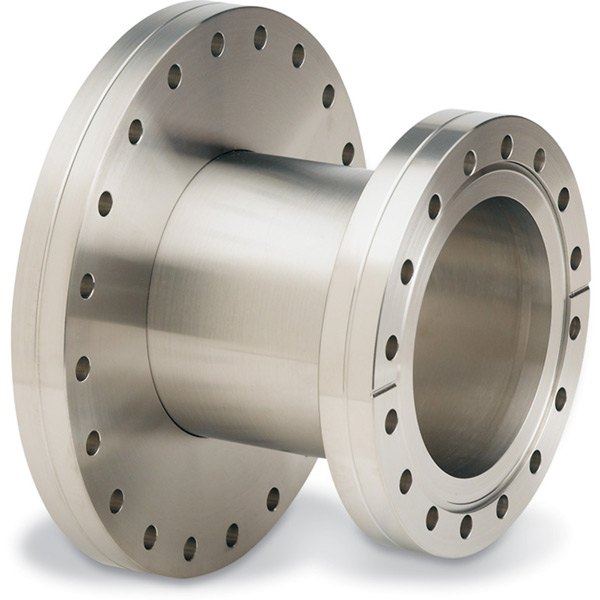| Table of Contents |
|---|
...
Intro
This is a beginners beginner guide to vacuum theory for beginners, and assumes the reader knows nothing about vacuums. It introduces concepts and defines some of the language used to discuss vacuum technology, and is intended to lay the groundwork for deeper understanding.
This Guide starts off way zoomed out and oversimplified, building off itself as it goes, introducing new terms along the way, ending still zoomed out and oversimplified --but a bit less so. There's so much more depth behind these subjects than document acknowledges. More technical discussions and descriptions can be found within the other pages of LCLS Vacuum Support Training. But
Side note: many of the pictures are linked to external material, including videos, lessons, and product pages; click to explore, but they aren't necessary, and may go way beyond the scope of this introductory guide.
Happy reading!
Starting at the bottom, Setting the scene
Atoms
Atoms, totally a thing! they're small. really small. a million of them fit across a single human hair. tiny, but they still take up space.
...
just a box for holding nothing.
perhaps with or a sphere... holes to attach stuff.
like tubes
...
, like pumps.
Pumping
So if a A pump can't pull air after gasses enter molecular flow, how can pressure be dropped any lower? If the pumps don. But if that pump Can't suck, what do they does it do? They trapIt traps. Like the goal on an air hockey table traps the puck when it flies in.
So how likely is a molecule to fly into a pump -trapthat traps? That depends on how big the pipe tube is leading to the pump.
Conductance
Molecules will fly through only as fast as the tube allows. A long/narrow pipe tube restricts that gas flow more than a wide/short pipetube. That The rate of gas flow through a tube is called the tube's conductance; the widelong/short pipe narrow tube has the higher lower conductance of the two.
Sometimes we get stuck using a long narrow pipe, slowing down our pumping... But slow pump bad, fast pump good! so what can we do?
Attach a bigger pump?? Not gonna work in molecular flow; pumps don't suck, they just trap. so what can we do?!
...
Sadly adding a bigger pump to suck faster though the tiny tube only works in viscous flow. In molecular flow, the pump will only ever remove molecules
...
at the rate they naturally fly through the smallest/longest tube in leading to the pump.
...
The lowest conductance point sets the pace.
...
=(
different pumps for different pressures:
When we want to get to really low pressures (which , at SLAC, is most of the time here at LCLS) we use layered tiers of pumping: where we turn on one, wait until the pressure stops dropping, then turn on the second, then when the pressure stops dropping again we turn on the third.
The first layer is good from pumping room pressure down through viscous flow and a bit into molecular flow. The second layer works best in molecular flow, and gets (Fun Fact: for similar reasons we have to use layered tiers of pressure gauges as well)
for more details on this, see the confluence page dedicated to on vacuum pumps. and for that matter, the one on gauges as well, we layer those too.
Pressure, revisited: this time it's chambers.
...


